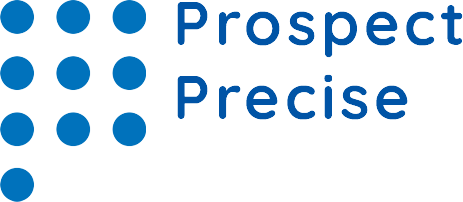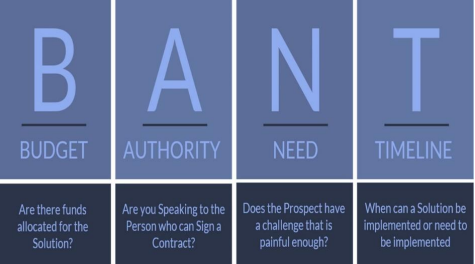The process of evaluating a lead involves determining whether the opportunity (the possible client) in front of you is worthwhile of the time spent on them. It’s a good technique to tell if a potential client is actually considering the opportunity you’re offering.
Every single one of us, in fact, qualifies our behavior by asking, “Is this TV show something I want to spend time on?” Should I try to cook again or order takeaway next time? We consider the available information to determine whether the opportunity is one that merits pursuing.
So how do you as a sales representative identify potential customers as great leads? A lead’s likelihood of success can be ascertained using the BANT sales qualifying technique.
What is BANT ?
BANT, which was created by IBM to swiftly identify leads that were most likely to make a transaction, is regarded as the traditional, go-to technique for lead and sales qualifying. Budget, Authority, Needs, and Timeline or BANT, is a sales lead qualification method used to find leads that are worthwhile pursuing. BANT is a rather simple qualification framework that invites salespeople to think about the following:
Budget: Does the potential customer have the funds to purchase your product?
Authority: Does the prospective customer have the authority to buy, or are there other individuals you need to get in touch with first?
Need: What business problems does your service solve?
Timelines: When is the potential customer looking to buy?
A lead is deemed viable if it satisfies at least three of the four BANT criteria, albeit each sales team is free to define what a viable lead means to them. Budget considerations are given to BANT sales leads first and foremost. A potential customer is probably not a qualified opportunity if they lack the resources to purchase the item you’re marketing.
By eliminating or passing on possibilities with no promise, this lead qualifying procedure saves sales teams time and effort. Many diverse methods, including email collection, phone number capture, referral, display ads, and other conventional and modern marketing strategies, are used to create leads. But just because someone gave you their email address or subscribed to your newsletter doesn’t necessarily imply they’ll end up being a successful lead.
You can also approach lead qualification using BANT in any order, however it may not be as acronym-friendly. Discuss the prospect’s pain point first if their timeline seems to be the most pressing ( TBAN). Adopt a sense of urgency when a need for a solution outweighs a budget and pitch your product as a solution (NBAT). The acronym can be given any sort of priority in order to best serve the needs of your potential clients. You may better understand your contact and foster lead generation by asking questions and genuinely waiting for answers.




